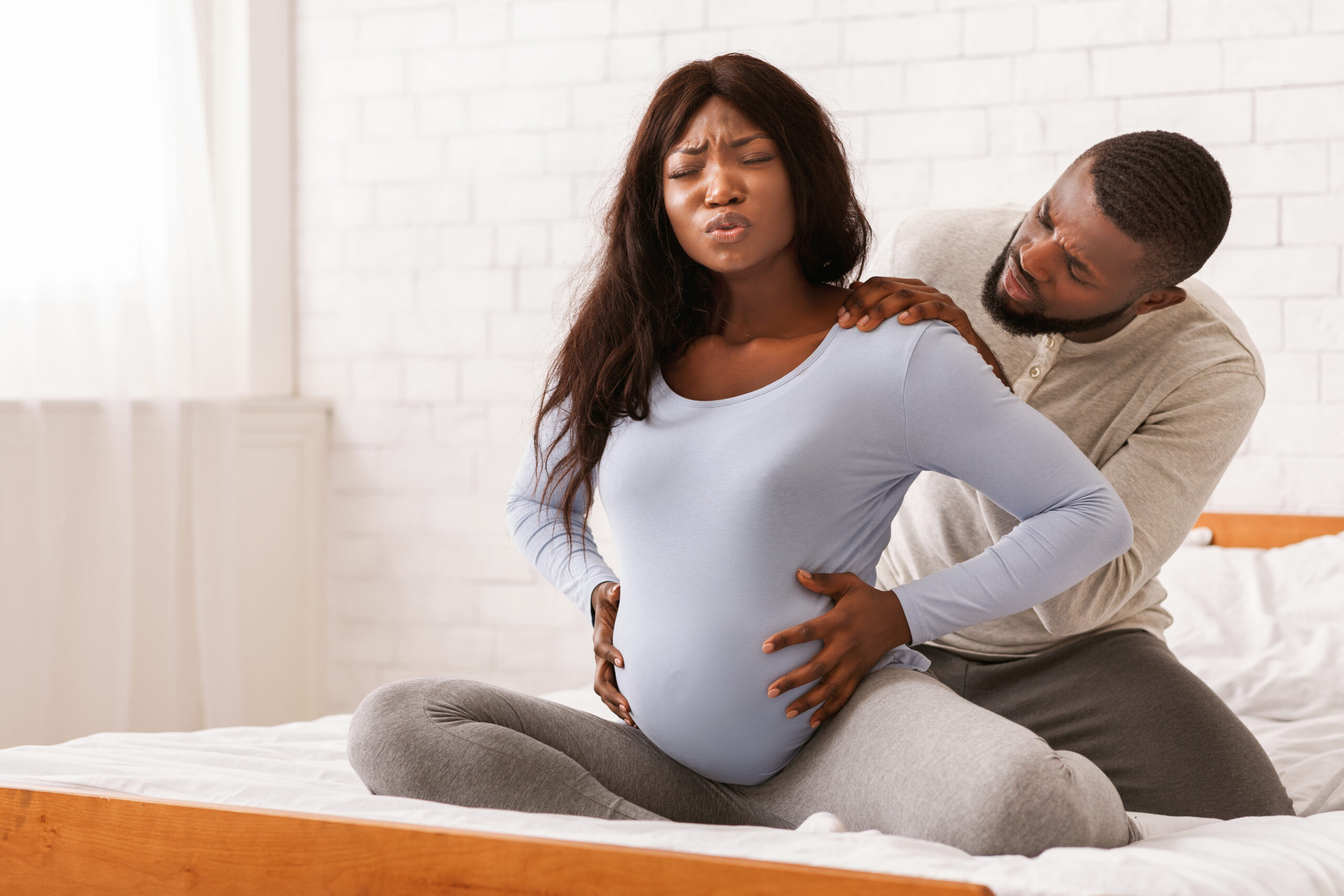
It’s hard to describe exactly what someone will feel during pregnancy, but it’s such a mind-blowing experience, how could anyone help but ask: How does it feel? From the early stages of morning sickness, to your belly growing, to the delivery, every woman has a different experience — though there are some similarities you’ll encounter. As far as early labor is concerned, that’s the finish line of pregnancy, so we thought it would be great to get some help in knowing what is happening to the body at that time.
CafeMom spoke with Dr. Lauren Demosthenes, senior medical director with Babyscripts, who started with the basics: a normal pregnancy is 40 weeks, and most women will go into labor on their own between 38 and 40 weeks. Read on to get some hints about what you could possibly feel when you’re in early labor and beyond.
How will you know if what you are feeling is true labor or false labor?

“False labor or “practice” contractions are known as Braxton Hicks contractions and can occur well before your baby is due,” Demosthenes explains. She says these are usually not painful, although they can be uncomfortable.
“Your uterus is a muscle and will become firm – so you may even be able to feel your uterus become hard," she tells us. "These usually last less than 60 seconds and are irregular. They are interesting and annoying, but not a sign that you are going into labor.”
Real labor may begin like this, but as real labor progresses, it becomes much more painful.

These real labor contractions can often feel like menstrual cramps – low in the pelvis and the back — and they become stronger and stronger. They become more regular and last between 60 and 90 seconds.
“As they become stronger, you may even find that you must stop to breathe and focus until that contraction ends,” Demosthenes says. “Your maternity care provider will give you guidelines about when you are truly in labor, but often having contractions steadily three to five minutes apart for a couple of hours is an indicator that this is labor.”
Real labor may also be accompanied by some other symptoms.

“The cervix has a mucus plug. As it softens and dilates, you may notice a mucousy [discharge] or mucus with blood-tinged discharge,” Demosthenes tells us. This may occur before the onset of contractions or during the early stages of real labor.
“If this happens near your due date, you have nothing to be concerned about. However, if this occurs before your baby is ready to be born, you may want to notify your care team,” she explains.
During real labor, you may also experience your water breaking. This may be painless and shows up as a large gush of fluid.
“Sometimes this may be confused with a bladder spasm with loss of urine, but this should be reported to your caregiver,” Demosthenes adds.
If you ever have heavy bleeding or constant severe pain, contact your care team.



